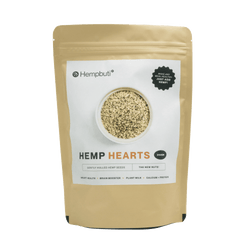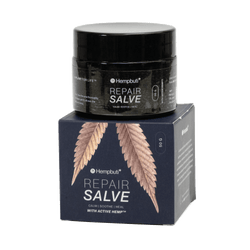When prescription supply tightened, illicit synthetics flooded in, compressing the margin of error to grains on a fingertip and turning routine dosing into Russian roulette. Fentanyl sits around 80× morphine, while carfentanil approaches 10,000×, a veterinary tranquilizer whose human lethality arrives in micrograms and whose presence forces responders to push multiple naloxone doses just to restore breath.
Potency made visible
Chapter 1 details a potency ladder that clarifies why fatalities persisted even as prescribing curves bent downward. With fentanyl and its analogs, onset is fast, respiratory depression is profound, and bystanders often recognize trouble too late to intervene without immediate naloxone on hand.
Carfentanil’s intended use for large animals underscores how far illicit markets strayed from any therapeutic logic, while online availability and analog proliferation overwhelmed surveillance. DEA warnings highlighted the spread into communities and the need for extreme caution during handling and response.
Field realities
Paramedics recount de‑escalating overdoses with careful naloxone titration to avoid precipitated withdrawal, a balancing act made harder by high‑potency analogs that require larger or repeated doses. When multiple units must be dispatched for more naloxone, the system signal is unmistakable: potency has outpaced the antidote buffer that earlier eras relied on.
The death toll crossed a hundred per day nationally, reframing overdose from fringe to mainstream as families across professions and zip codes absorbed the impact. Using alone became uniquely dangerous against these analogs, as seconds matter and breathing can stop before help arrives.
Potency table (morphine = 1)
| Compound | Relative potency |
|---|---|
| Morphine | 1 |
| Fentanyl | ~80 |
| Carfentanil | ~10,000 |
Practical takeaways
Sourcing shifted risk from dose drift to dose cliff; what looked like a familiar powder often hid a lethal admixture no user could meter reliably. Harm‑reduction basics—naloxone on hand, never using alone, test‑before‑use tools where available—are proportionate responses to disproportionate potency.








